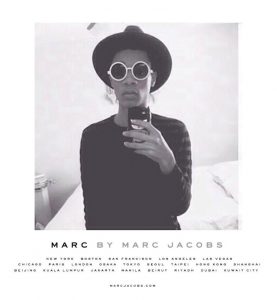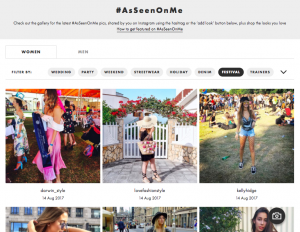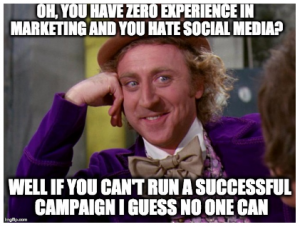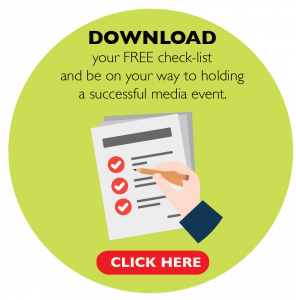When I worked for a government organisation, I was tasked with drafting an internal document that would help outline a new project. After a month, it was a multi-chaptered, highly detailed and cross-indexed behemoth – the kind of document you complain about putting together, but are secretly proud of when you send it “upstairs” for approval.
Unfortunately, “upstairs” was not as in love as I was, and what followed was a week of vague feedback about “alignment” and “strategic integration”. Frustrated and dejected, I eventually went to a more senior colleague who, after a quick read, said “Aiyah! No wonder they said no. Don’t have the buzzwords they wanted!” He then proceeded to give me a list of “key terms” that needed to be added to the document. These phrases did not add much meaning, they did not communicate anything new, and, in some cases, had to be shoehorned in to fit. But you can guess how this story ends: magically, the document was now perfectly aligned and strategically integrated.
Most people laugh at this story because it’s relatable – everyone in the working world has come up against this type of corporate speak at least once. But to me, it’s both a humorous anecdote and a cautionary tale: because I sometimes catch myself automatically lapsing into buzzwords and corporate speak.
So in 2019, let’s Marie Kondo our habits and aim to be a more mindful communicator.
The importance of mindful communication
In George Orwell’s dystopian novel 1984, he introduced the idea of “Newspeak” – a totalitarian government’s attempt at stripping language down to its bare essentials to eliminate “undesired thoughts”. Within the novel, Orwell theorised that if people had restricted grammar and limited vocabulary, it would limit freedom of thought.
Though the world hasn’t completely reduced the value of discourse (okay, maybe a little), I’ve seen many instances where people opt for the shorthand of corporate speak instead of taking the time to explain fully what they mean. Though the use of corporate buzzwords can be essential at times, the danger lies in when it comes time to think about new things or to improve on existing models.
To help us break out of the spin cycle and practise mindful communication, I’m sharing a few lessons I’ve learned over the years and that I, too, am using on the daily.
1. Communicate with intent
There’s a misconception that many people in the PR industry talk for talking’s sake. I believe the opposite is true. Most of my peers are hyper-aware of everything they say, and if it’s a choice between saying nothing or risk saying something that doesn’t have value, they tend to err on the side of caution. Before starting on any type of correspondence, ask yourself if there’s a clear intention behind it. If there really isn’t – and you’d be surprised how often this happens – then not communicating might even be a better choice. If there is a clear intention, though, then let that be your starting point. For example, if your email is to request information from a client, then start your email with that request upfront and gear the rest of the email towards helping your client fulfil that request.
2. Think beyond words
Communication is closely tied to words and language, but it’s about so much more than locution. There are studies that indicate using mind maps helps with the ability to recall that information. This makes practical sense, as the bias toward visuals is probably why YouTube has become the world’s second most used search engine (consider the last time you needed a “how-to” guide).
A mindful communicator should be prepared to explore other means of communication, such as illustrations, videos or charts, in order to make a point. Even with text-heavy documents something as simple as inserting bullet points and tables can be immensely helpful when discussing dense information.
Jargon, buzzwords and industry slang can be great in certain situations, but you’ve got to be mindful of how you use these terms.
Take, for example, the phrase “end-to-end solution”. Technically it means a product or service that encompasses an entire process, but this term has become overused (and misused, in some cases) within the tech industry. Not only has it lost its meaning and impact, those outside the tech likely will not fully understand what it means. This happens often with buzzwords (e.g. “sustainability”, “holistic” “360-degree-approach”), and thus the challenge is to find new ways to phrase concepts that are both accurate and succinct.
So, the next time you find yourself slipping into a buzzword fugue state, take a cleansing breath and try to bring a little more awareness and mindfulness into how you communicate – hopefully you’ll find a new way of breaking through an already noisy world.





